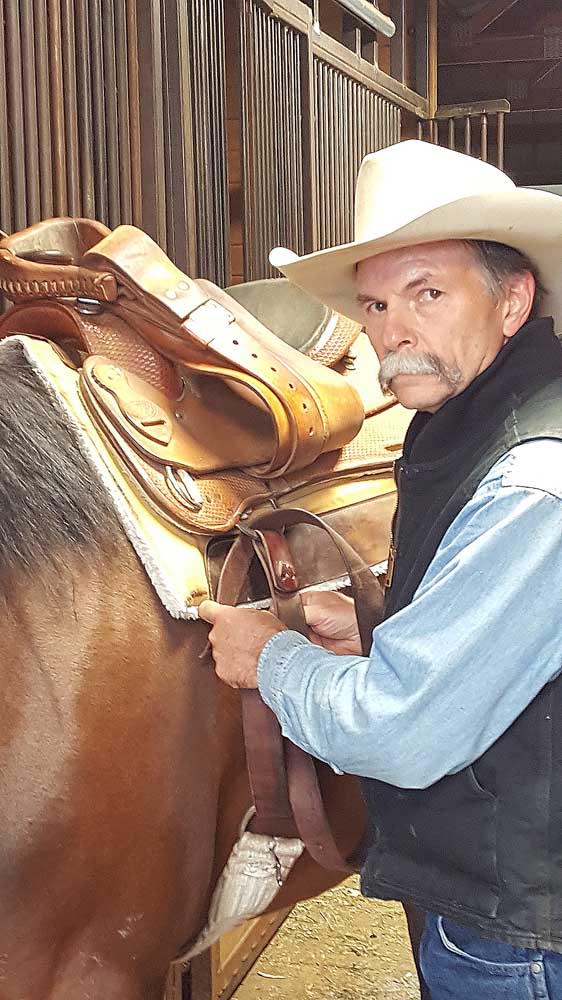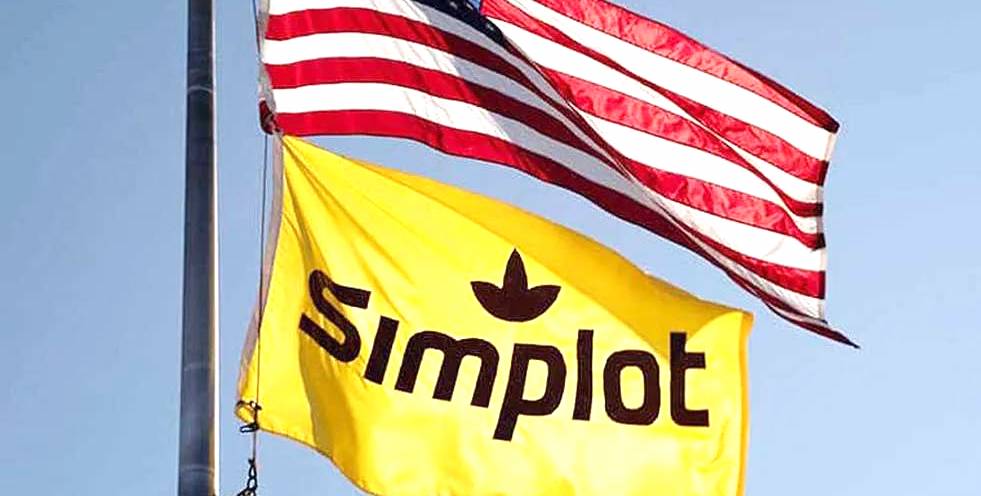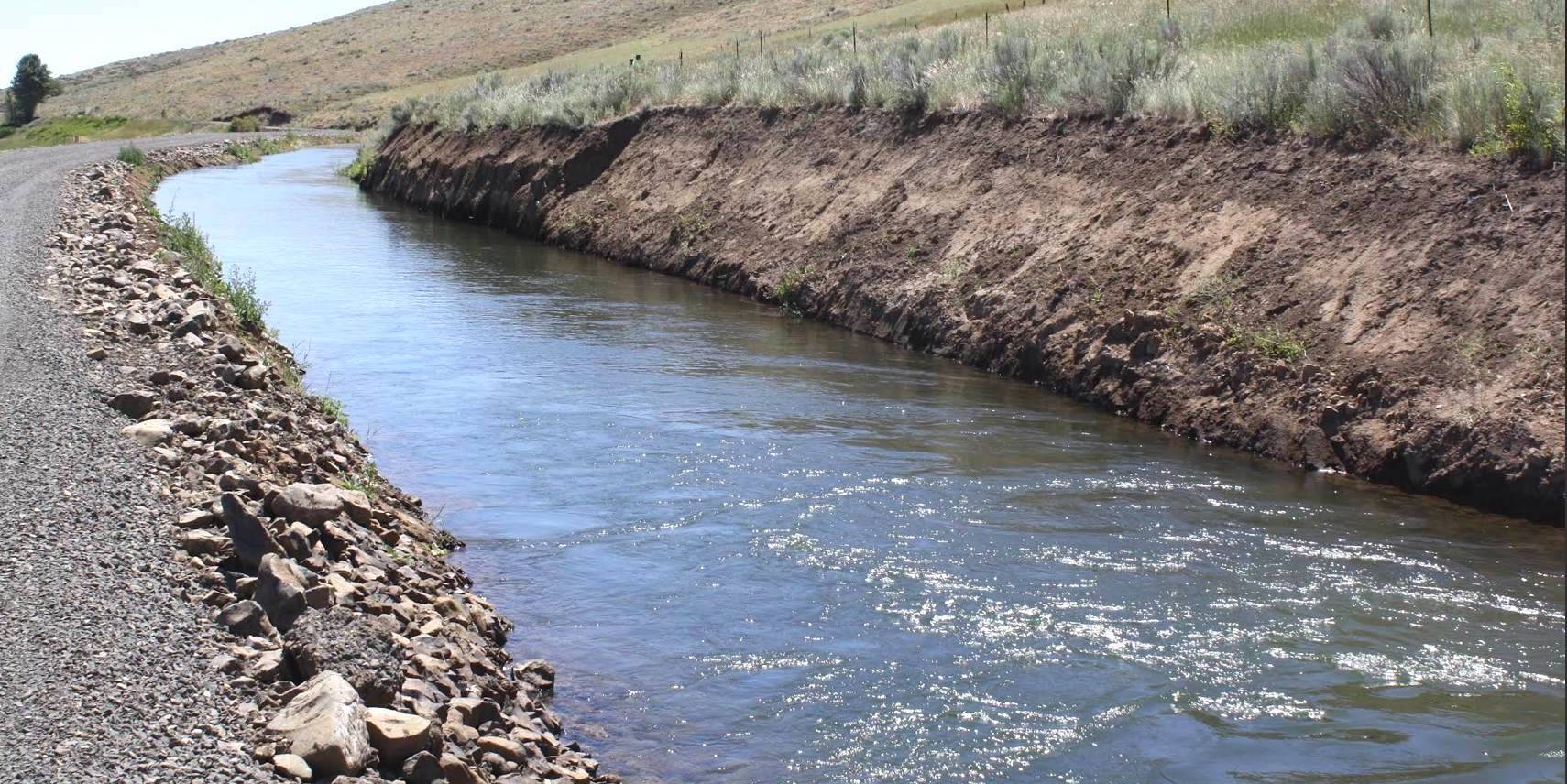R-CALF to USDA: No RFID ear tags in livestock indemnity requirements
Published 1:23 pm Monday, November 14, 2022

- Bill Bullard, CEO of R-CALF USA, tends to his horses in Billings, Mont.
R-CALF USA opposes a USDA proposal that would require the use of radio frequency identification ear tags to receive livestock indemnification payments in the event of a disease outbreak.
Trending
“These indemnification regulations should be in no way be tied to an animal identification system that the agency is trying to achieve,” R-CALF CEO Bill Bullard told the Capital Press. “They should be a separate and distinct process.”
R-CALF is concerned that USDA’s Animal and Plant Health Inspection Service would require RFID ear tags as it restructures livestock indemnity regulations.
The agency in September sought public comment on proposed rules for a “new approach” to indemnity value determination and a new framework for indemnity regulations. The deadline for comment was Nov. 7.
Trending
The rules address indemnity payments for the destruction and disposition of animals APHIS classifies as infected with, suspected of or exposed to diseases of concern.
Current regulations for valuing animals for indemnification vary from species to species, “and in some cases, disease to disease within a species,” according to the proposed rules.
The new approach would “harmonize how APHIS determines animal values and deals with costs associated with transportation, cleaning, disposal” and other points.
Currently, mandatory animal disease traceability requirements only apply to interstate movement or disease programs such as bovine tuberculosis and brucellosis, Bullard said.
USDA has been trying to “circumvent” its animal disease traceability rules by mandating RFID ear tags, he said.
“We want to make sure they’re not trying to inappropriately expand the scope of those regulations,” he said. “We certainly question the applicability of even referencing the animal disease traceability regulations. …”
The cost of the tags would be a burden to ranchers, Bullard said. Cost ranges from $2.50 to $5 per tag, he said.
APHIS also sought comments on its proposal to use an indemnity value table for livestock species. APHIS would determine indemnification values annually and publish them online.
In its comments, R-CALF USA noted that prices paid for cattle differ from state to state.
“Based on these historic, market-driven price differences, producers should not be subject to a national price void of such market-driven valuations,” R-CALF said in its comments.
R-CALF encouraged APHIS to research “historic, regional differences” in cattle prices and base cattle indemnity on cash market values of like quality cattle within the state or region.
“We believe APHIS should encourage livestock producers who suffer losses to provide documentation regarding the historical value of the animals within their particular herds, and the agency should use those records for determining the value of their livestock,” R-CALF said in its comments. “Obviously both the sellers and buyers of registered livestock, as well as those with reputation herds, will have higher valuations than shown in the proposed commercial indemnity value chart.”
Those producers who have such historical records should not have to participate in a complicated appeals process to obtain an accurate valuation for their animals, R-CALF stated in its comments.
R-CALF supports APHIS’ effort to simplify the process and eliminate any redundancy or differences between disease programs, Bullard said.







